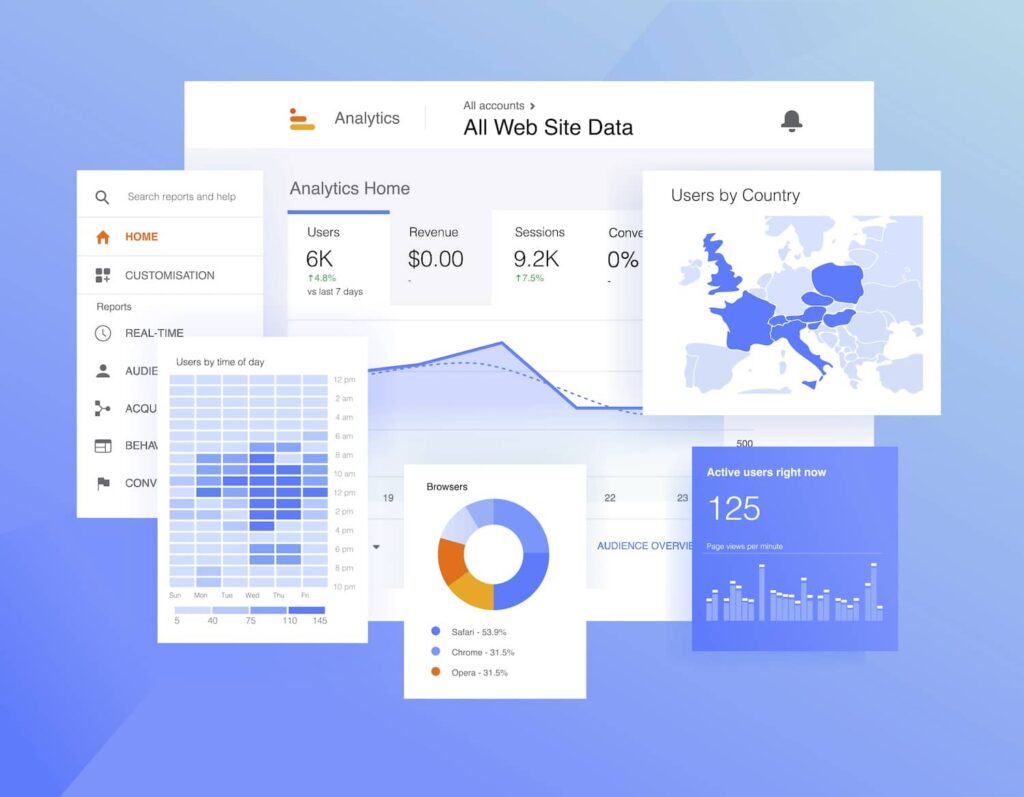Mastering Secondary Dimensions in Google Analytics: Their Relevance and Efficient Use
Mastering Secondary Dimensions in Google Analytics: Their Relevance and Efficient Use
Blog Article
Unveiling the Effect of Secondary Dimension in Google Analytics on Information Analysis and Insights
In the world of data analytics, the use of additional dimensions within Google Analytics has actually arised as an essential device for removing deeper insights and unraveling facility patterns that could otherwise stay obscured. By peeling back the layers of primary information sets, additional measurements supply a nuanced point of view that enriches the understanding of user habits, internet site efficiency, and the effectiveness of marketing approaches.
Exploring the Principle of Second Dimensions
Secondary dimensions in Google Analytics provide additional insights by enabling users to examine key data along with a second characteristic. This attribute allows an extra thorough understanding of the primary data by adding an additional layer of details for analysis. By integrating additional dimensions, customers can dive much deeper into the data and uncover important correlations that could otherwise go undetected. By pairing the primary information of web site traffic with secondary measurements like demographics or behavior, online marketers can obtain a more comprehensive sight of their target market and customize their approaches appropriately.
Recognizing the idea of additional dimensions is crucial for making the most of the potential of Google Analytics. It allows individuals to section information properly, identify patterns, and make educated choices based upon an extra full photo of their analytics information. By discovering the various second dimensions offered in Google Analytics, individuals can open brand-new understandings and optimize their electronic marketing initiatives. Essentially, second measurements serve as an effective tool for enhancing data evaluation and driving workable results.
Enhancing Data Interpretation With Second Measurements
Having established the fundamental understanding of secondary measurements in Google Analytics and their pivotal function in data analysis, the focus currently moves in the direction of leveraging these additional characteristics to enhance the interpretation of analytics information (what is a secondary dimension in google analytics). By including second dimensions right into data evaluation, analysts can gain much deeper understandings right into customer habits, web site performance, and advertising and marketing efficiency

In addition, additional measurements aid in contextualizing main data metrics by giving extra layers of info. This contextualization aids in understanding the 'why' behind the information fads, assisting analysts make notified optimizations and choices to improve general performance. Eventually, integrating second measurements improves the data analysis process, causing more calculated actions and purposeful understandings.
Revealing Hidden Insights Via Additional Measurements
Checking out the depths of analytics information with additional dimensions reveals valuable insights that would otherwise stay obscured. By including secondary dimensions in Google Analytics, services can unearth surprise patterns, fads, and relationships that offer an even more detailed understanding of customer habits and site efficiency. These extra layers of data permit analysts to dig much deeper into the primary measurements, such as website traffic sources or landing web pages, and obtain a more nuanced viewpoint on just how different variables engage with each various other.
Via the usage of second measurements, experts can section and compare why not check here information across numerous measurements, allowing them to determine specific aspects that affect individual involvement, conversion prices, and general success metrics. By coupling the primary measurement of 'device classification' with the secondary measurement of 'age group,' marketing experts can determine which age demographics prefer accessing the site via mobile tools versus desktop computers.
Leveraging Secondary Dimensions for Actionable Analytics
Building upon the insights revealed with second dimensions in Google Analytics, organizations can currently harness this enriched information landscape to drive actionable analytics and tactical decision-making. By leveraging second measurements, organizations can dive deeper right into their information to remove important patterns, patterns, and connections that might have previously gone unnoticed. This deeper level of analysis makes it possible for services to get an extra extensive understanding of user behavior, campaign efficiency, and overall web site efficiency.
One trick benefit of making use of additional dimensions for workable analytics is the ability to section information based on details standards. This division enables organizations to customize their methods and projects to different audience groups, bring about extra targeted and efficient advertising and marketing initiatives - what is a secondary dimension in google analytics. Additionally, secondary measurements supply an even more all natural sight of customer communications, making it possible for organizations to maximize their web site content, style, and total individual experience
Optimizing Decision-Making With Secondary Dimensions
To boost tactical decision-making in analytics, leveraging additional measurements in Google Analytics can supply a more nuanced perspective on individual behavior and campaign efficiency. By including additional measurements right into information evaluation, companies can dig much deeper right into the specifics of their internet site visitors' interactions and interaction patterns. This extra layer of information enables for a much more detailed understanding of just how different variables, such as demographics, devices, or website traffic sources, influence key efficiency indicators.

Conclusion
Finally, using additional dimensions in Google Analytics plays a crucial role in boosting information evaluation and discovering surprise insights. By discovering this principle, one can gain a much deeper understanding of individual habits and make notified decisions based on workable analytics. Leveraging additional dimensions enables an extra comprehensive interpretation of information and maximizes the efficiency of decision-making procedures.

Report this page